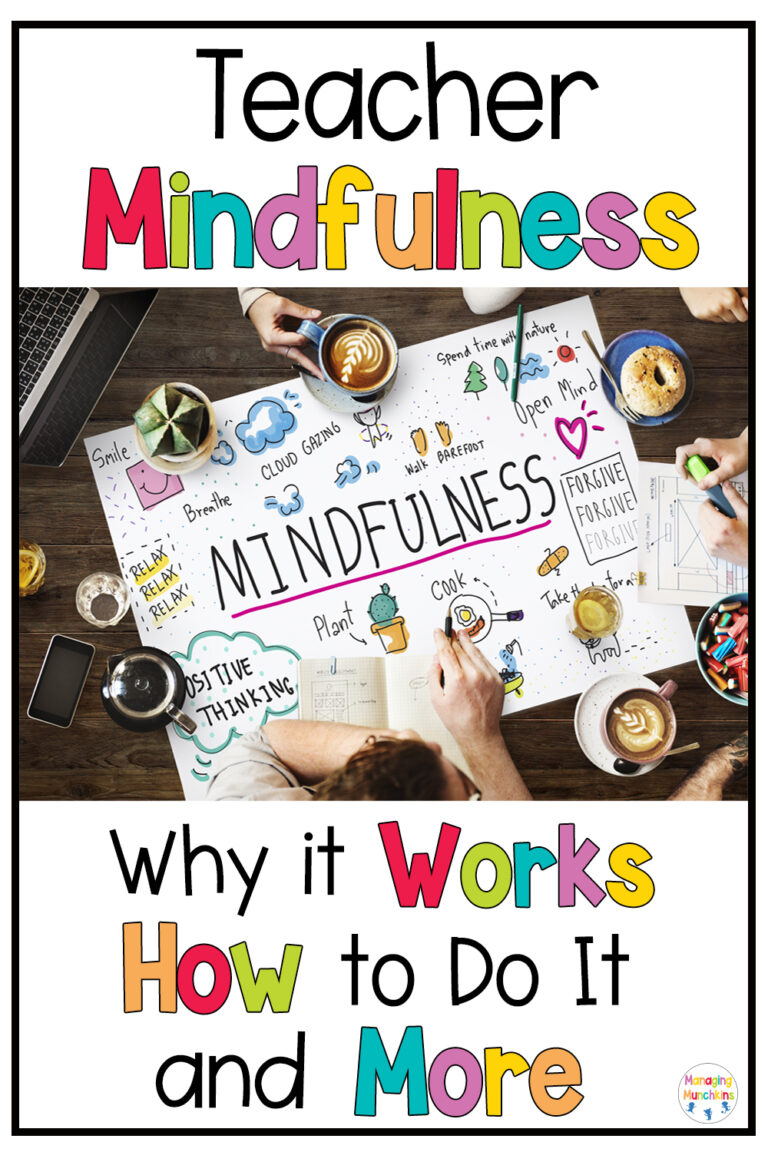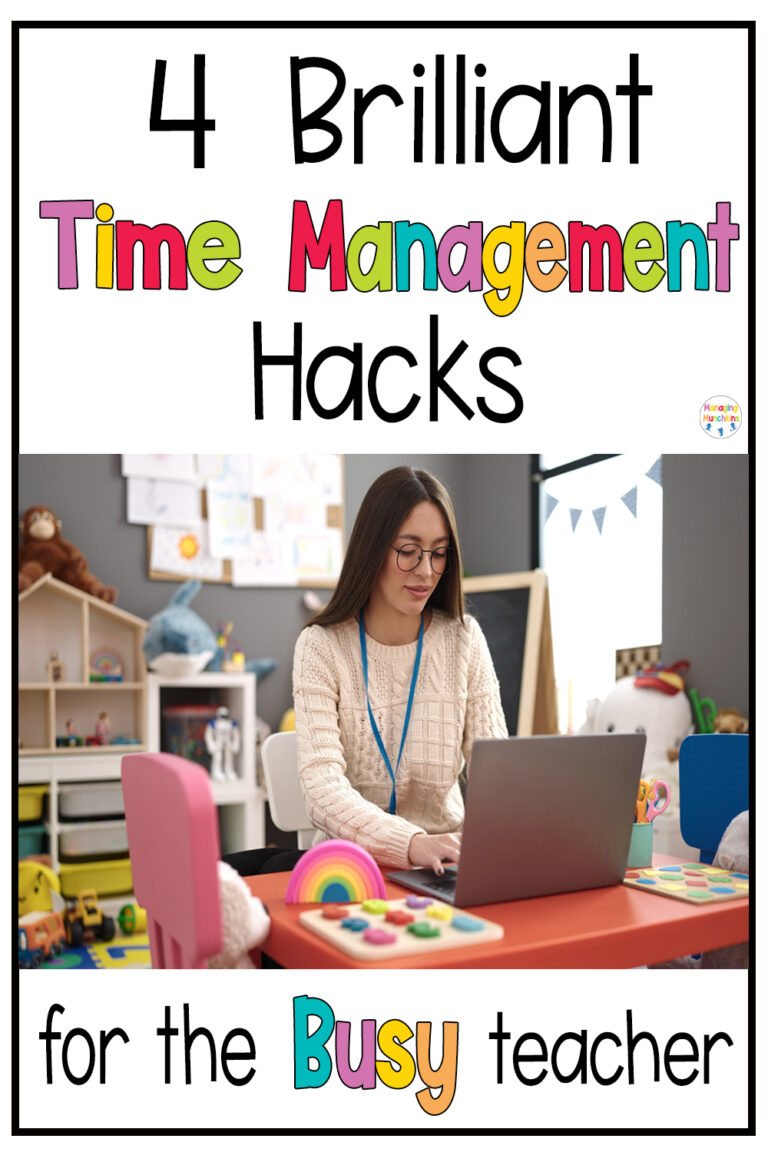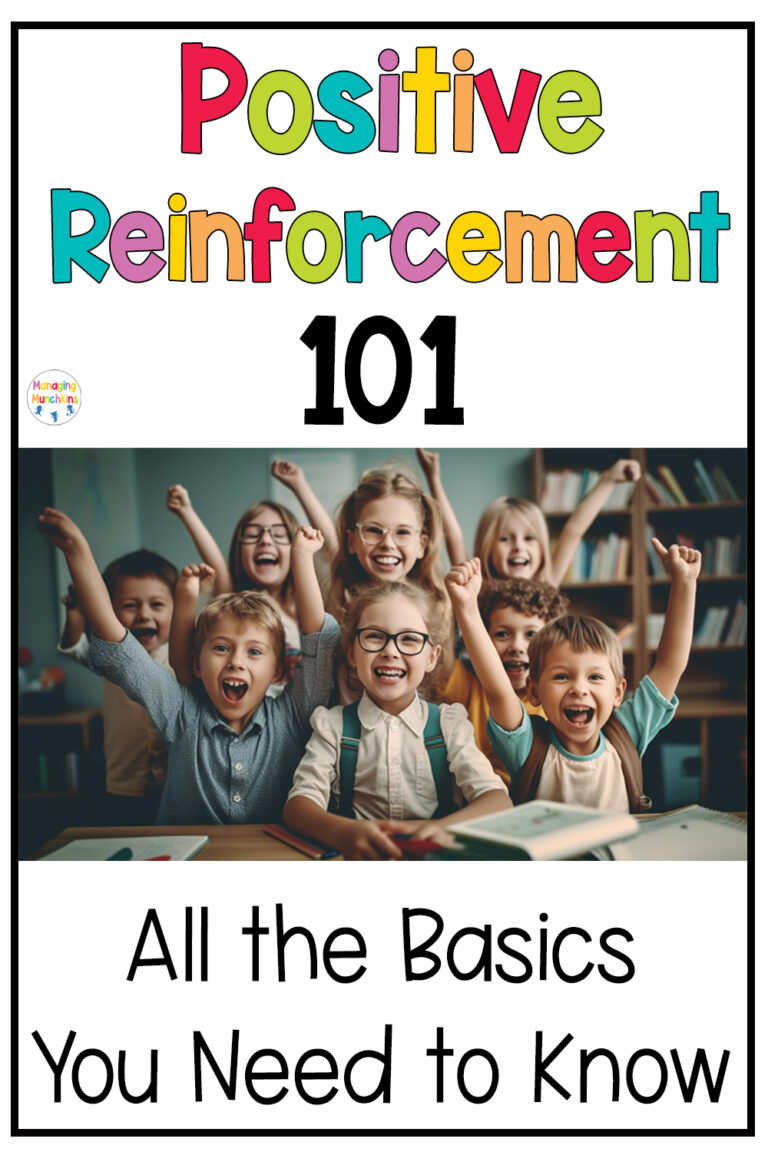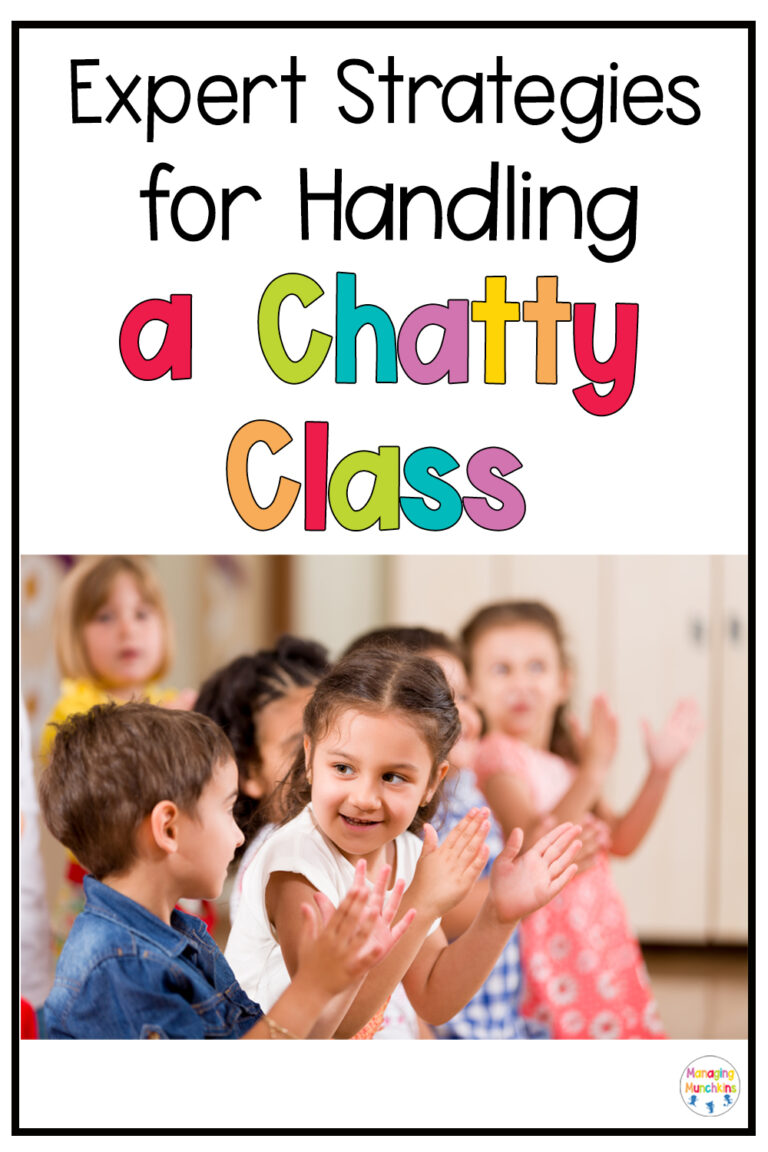How to Create a Calm Down Corner
Hey there, teacher friend! Are you looking for a way to help your students regulate their emotions and behavior? A fantastic way to do this is by creating a calm down corner. A calm down corner is a designated space where children can go to take a break, regulate their emotions, and return to the activity or situation feeling calm and ready to learn. In this blog post, we’ll explore the best way to create a calm down corner.
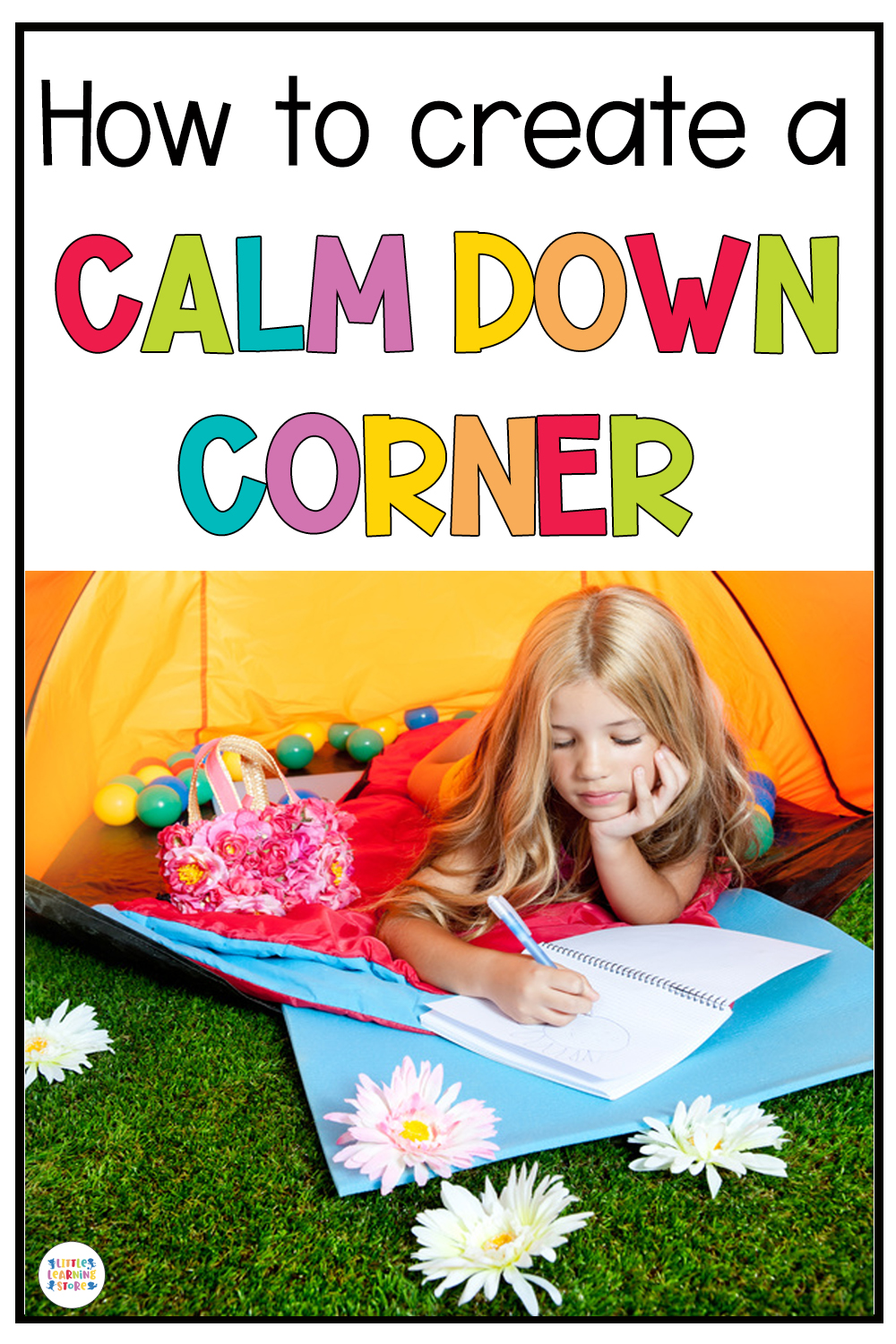
How to Create a Calm Down Corner
Choose a secluded location
The first step in creating a calm down corner is to choose a location. Look for a quiet and secluded area, away from distractions and noise. It could be a corner of the room or a cozy nook. Make sure it’s a space where your kiddos can feel safe and get comfortable.
Add comfortable seating
In order to create a calm and relaxing environment, it’s important to add comfortable seating to your calm down corner. You could use a bean bag chair, floor pillows, or a small couch. Make sure the seating is soft and inviting, so children can relax and feel at ease. Adding some soft, stuffed animals can also help create an inviting space.
Provide sensory items
Sensory items can be a great addition to a calm down corner. Consider adding items such as fidget toys, sensory bottles, sand timers, or squishy toys. These items can provide a calming and grounding sensory experience for students. You may also want to consider if students are feeling frustrated or angry, creating a bin of sensory toys that allow students to express their feelings in a healthy way, such as a stress ball or stretchy toy. Another option is putting a stereo/ipad with headphones and allowing students to listen to calming music.
Incorporate calming visuals
You’ll want LOTS of visuals to help your young students relax and calm down. Calming visuals can help create a peaceful and relaxing atmosphere in your calm down corner. You could hang posters with calming images or visual steps or mini books on how to calm down (e.g., picture of a rose and candle to remind to students to smell the roses and blow out the candle). You can also include posters that show anger, sadness, happiness, and calmness on it so students are able to identify how they are feeling. Another option is including pictures of yoga poses and other physical actions to help students relax.
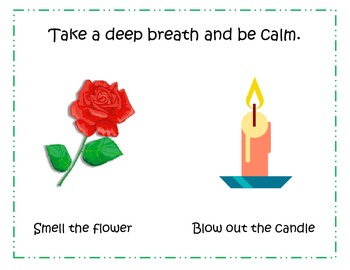
Include a calming activity
Be sure to include a calming activity in your calm down corner. This could be anything from coloring books to puzzles to small bottles of bubbles. Having an activity to focus on can help children redirect their energy and emotions in a positive way. If students are struggling with anger, you can offer scrap paper for students to shred up as a healthy way to express their frustration. You’ll want to keep all of these activities in a bin or caddy for an easy way to keep everything organized.
Allow students to turns to “try out” the Calm Down Corner
The calm down corner will most likely be VERY popular when you first introduce it. Students may be so excited to use it, that they’ll want to try it out often, even if they don’t really need it. To avoid having too many students in the calm down corner at once, you’ll want to manage it when you first introduce it. Find a designated time each day where one student is able to try the calm down corner for 5-10 minutes. Allow all your students to try it out one by one. Eventually the novelty of it will wear off, and the kiddos that really need to use it, will.
Final Thoughts on How to Create a Calm Down Corner
A calm down corner can be a great tool for helping students regulate their emotions and behavior. By choosing a location, adding comfortable seating, providing sensory items, incorporating calming visuals, and including a calming activity, you can create a space where kiddos can take a break and return to the activity or situation feeling calm and ready to learn. Enjoy and happy calming!

Want more ideas on how to teach
social emotional learning to students?
Looking for ways to include more social emotional learning in your classroom? Check out my post “What is Social Emotional Learning: Why it Matters“

